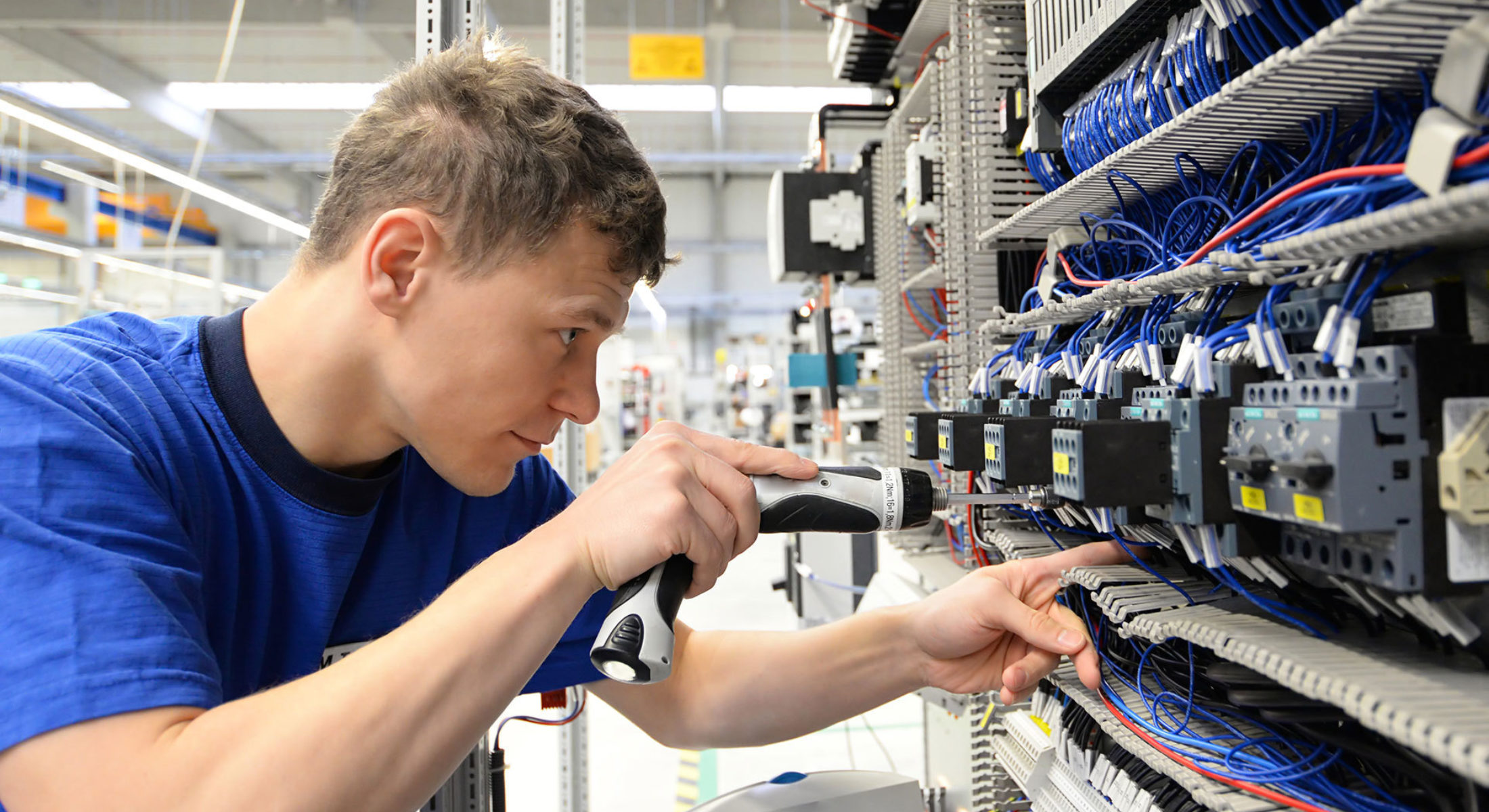Introduction
In today's hectic work environment, making certain the security and health and wellness of your workforce is critical. One aspect that frequently obtains forgotten is hands-on handling, which describes the procedure of training, bring, pushing, or drawing items. In this short article, we will check out reliable manual handling techniques that can aid keep your labor force secure and healthy and balanced. We will certainly also talk about the importance of first aid training, including CPR training and mental health emergency treatment, and how these aspects contribute to a much safer work environment.
Manual Handling Techniques: Maintaining Your Workforce Safe and Healthy
Manual handling techniques are important for stopping injuries in the office. Incorrect training strategies can cause musculoskeletal conditions (MSDs), which make up a significant number of workplace injuries. To efficiently minimize threats associated with hands-on handling, companies should carry out training programs that highlight appropriate techniques.
Understanding Guidebook Taking care of Risks
Before diving right into certain strategies, it's crucial to acknowledge the risks involved in hands-on handling jobs. According to research study, poor training methods can result in:
- Back pain Muscle strains Joint injuries Chronic problems affecting mobility
Recognizing these dangers permits employers and staff members alike to focus on safety.
The Importance of Training
Training plays a necessary duty in minimizing manual handling-related injuries. It's not just about knowing just how to raise correctly; it's also concerning understanding body auto mechanics and functional designs. A comprehensive manual handling training course ought to cover:
- Proper training techniques Risk analysis skills Use of tools like carts or forklifts
Additionally, including first aid courses into work environment training makes certain that every person recognizes exactly how to react effectively in case of an injury.
Basic Raising Techniques
Here are some fundamental techniques that everybody ought to master:
1. Assess the Load
- Before training anything, constantly assess its weight and shape. If it appears also heavy or awkwardly shaped, seek aid or usage mechanical aids.
2. Positioning
- Stand near the object. Place your feet shoulder-width apart for balance. Bend your knees while keeping your back straight.
3. Grip
- Ensure a company grip on the object. Use both hands when possible.
4. Lifting
- Lift with your legs rather than your back. Keep the item close to your body as you stand up.
5. Carrying
- Maintain a steady posture while walking. Avoid twisting your body; instead, turn your whole body by relocating your feet.
6. Setting Down
- Lower the object by bending at the knees again. Ensure that you put it down gently without going down it.
Using Devices for Manual Handling
Investing in tools designed for manual handling can substantially reduce injury risk. Right here's a list of commonly utilized tools:
|Tools Type|Objective|| ----------------|--------------------------------------|| Trolleys|For transferring heavy items|| Lifts|For lifting people or hefty items|| Pallet Jacks|For relocating palletized tons|
Incorporating Emergency treatment Training
While lessening risks with proper hand-operated handling is vital, being planned for emergencies is just as crucial. This is where emergency treatment training enters into play.
Types of First Aid Courses Available
General Office First Aid
- Covers fundamental emergency treatment abilities needed in various work environments.
CPR Training

- Teaches lifesaving cardiopulmonary resuscitation techniques important during heart emergencies.
Corporate First Aid Training
- Tailored programs particularly developed for business atmospheres focusing on usual work environment injuries.
Mental Health First Aid
- Provides abilities to aid colleagues struggling with mental wellness concerns-- an essential component usually neglected in conventional first aid courses.
Childcare First Aid Course

- Focuses on responding to emergencies involving children-- suitable for those working in instructional setups or child care centers.
Online Emergency treatment Course
- Offers versatility for workers to learn at their own rate while still covering all required content.
Creating a Society of Safety
To maintain an environment conducive to safety, growing a culture where workers feel encouraged to speak up regarding risks is essential.
1. Encourage Open up Communication
Encourage employees to report risky problems without anxiety of retribution; this cultivates an open discussion concerning possible https://privatebin.net/?dd4749869ca60025#9rtiEA8vkGMqqCLUoGMY6pqb54beoY39joMSyXkfngPR risks related to https://writeablog.net/borianlfoq/first-aid-educating-for-building-workers-preparing-for-the-unexpected hand-operated handling tasks.
2. Regular Training Sessions
Hold normal workshops on hand-operated handling techniques and refreshers on emergency treatment courses-- keeping abilities sharp guarantees readiness during emergencies.
3. Promote Psychological Well-being
Since psychological health and wellness plays an essential function in general health, employers must advertise mental health and wellness awareness alongside physical security measures.
FAQs
Q1: What are the indications that I require manual dealing with training?
A1: If employees frequently raise heavy things or record pain after raising tasks, it's time for comprehensive manual handling training sessions.
Q2: Exactly how typically should we perform first aid training?
A2: Preferably, emergency treatment training need to occur annually; nevertheless, even more constant sessions may be valuable based upon workplace risks or changes in staff.
Q3: Can on-line programs be as reliable as classroom-based training?

Q4: What kind of equipment should our work environment spend in?
A4: Invest in trolleys, lifts, pallet jacks, and ergonomic furnishings-- these tools aid minimize injury from incorrect manual handling practices.
Conclusion
In conclusion, understanding proper hands-on handling techniques is important for promoting a risk-free and healthy labor force environment. By focusing on extensive training-- consisting of essential subjects like first aid courses-- you equip staff members with expertise crucial for both avoidance and reaction during emergencies like crashes connected to mishandled loads.
Remember: Safety isn't just a plan; it's a culture built via consistent initiative from every individual within an organization!
By supplying effective manuals on these practices while stressing continuous finding out through qualifications such as CPR or Mental Health Emergency Treatment Courses-- firms can create offices where safety thrives!